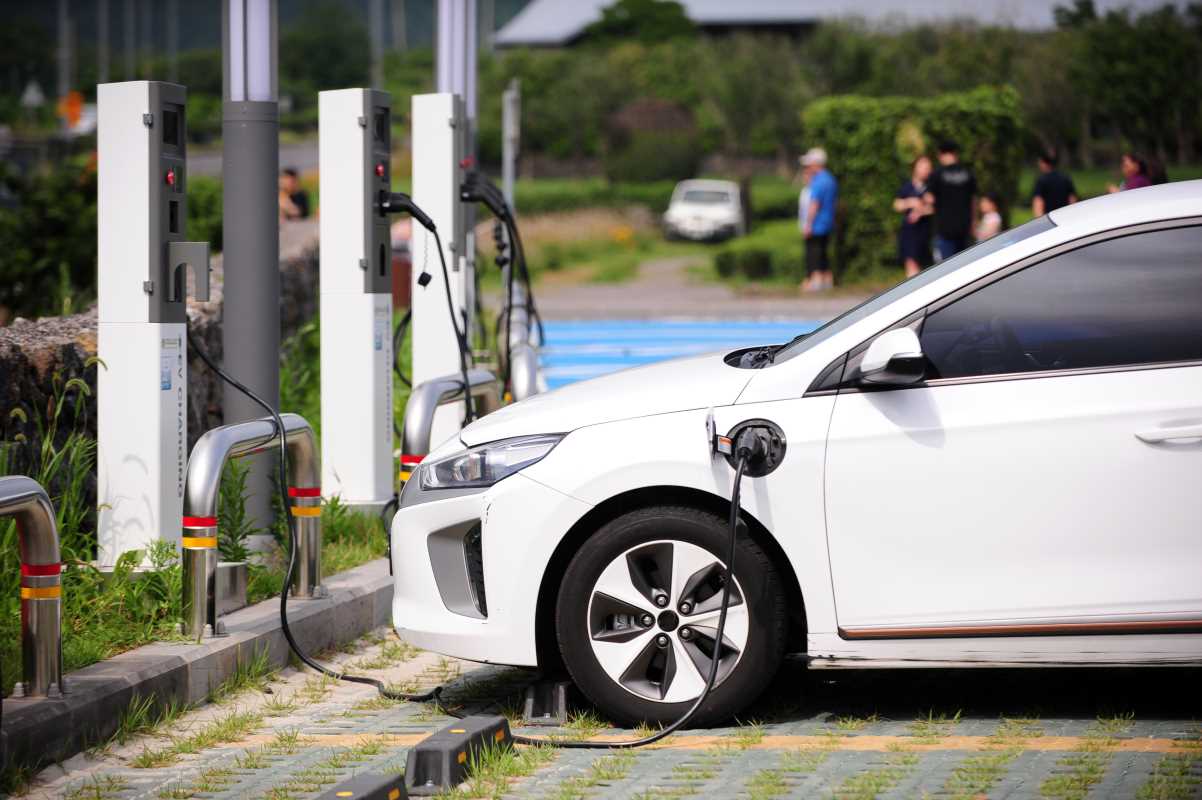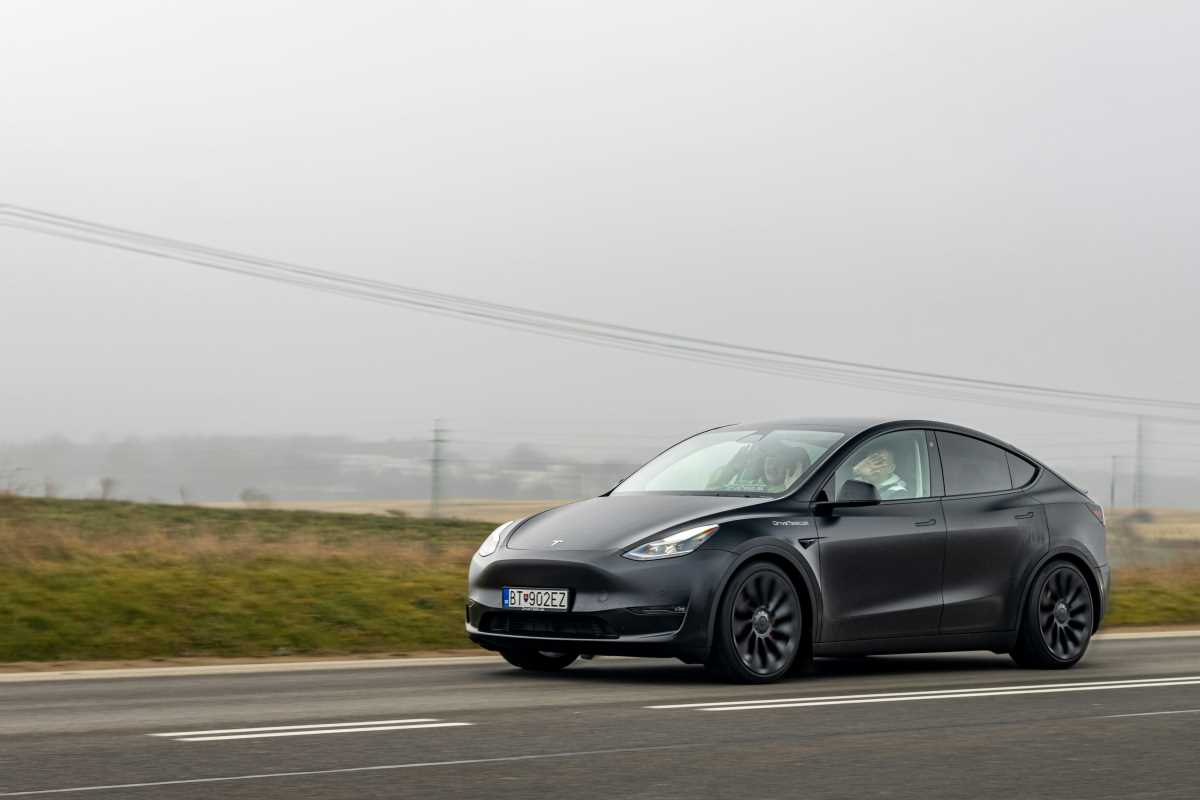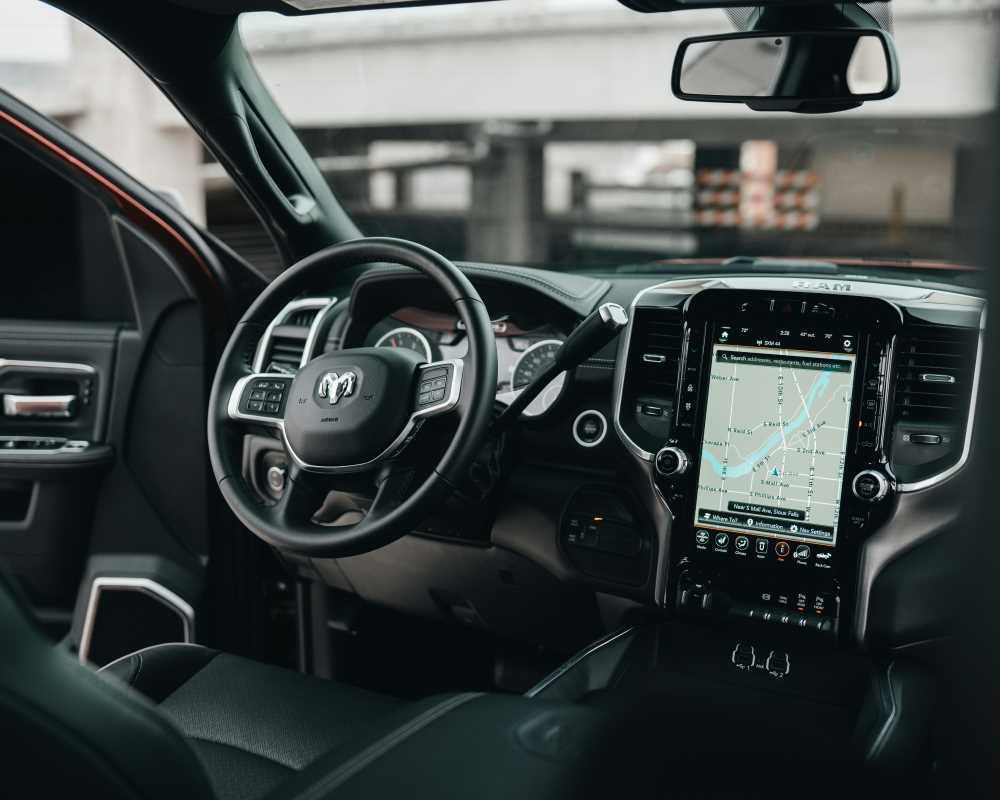Electric vehicles (EVs) are charging toward the future—literally. With more people making the shift to electric, the need for robust and accessible charging infrastructure has become more critical than ever. Thankfully, charging networks are rapidly evolving to meet the growing demands of EV drivers. From new ports popping up to faster charging options and regional expansion, EV charging infrastructure is keeping pace with the revolution on the roads.
Here’s an in-depth look at how charging networks are changing to make life easier for EV drivers.
The Path of Steady Growth
Over the past decade, EV charging stations have seen remarkable growth, according to the U.S. Department of Energy. Back in 2011, there were just over 2,100 station locations spread across the nation. Fast-forward to 2023, and that number has skyrocketed to more than 68,000 locations, with over 184,000 charging ports. Whether you’re fueling up your EV in a bustling city or during a scenic drive through the mountains, the odds of finding a charging station are steadily improving.
What’s really interesting is the consistent increase in public and private charging stations alike. Public charging ports alone saw an uptick of over 5% throughout the last quarter of 2023. While private ports also grew, at a 3.5% increase, public infrastructure leads the way in terms of broader accessibility for the average EV driver.
This consistent ramp-up in numbers reflects a clear goal—to make EVs just as convenient, if not more so, than their gas-guzzling counterparts.
DC Fast Chargers Leading the Charge (Pun Intended)
While chargers of all kinds (Level 1, Level 2, and DC fast chargers) are adding to the growing network, DC fast chargers deserve their own spotlight. These high-powered chargers have seen the greatest percentage increases quarter after quarter. For example, in the last quarter of 2023, the number of DC fast ports rose by a solid 9.2%.
If you’re not already familiar with DC fast charging, it is essentially the speedster of the EV world. Unlike Level 1 or Level 2 chargers, which can take hours to fully juice up your car, DC fast chargers can give your EV a significant boost in under 30 minutes. Perfect for when you don’t have time to hang out and read a novel while waiting for your battery to recharge.
This rapid expansion of fast charging options signals a shift toward addressing one of the biggest concerns for EV adopters—charging time. If EVs are going to rival the ease of refueling a gas-powered car, infrastructure like DC fast chargers are going to be a critical piece of the puzzle.
Regional Trends in EV Charging
While EV adoption is happening nationwide, certain regions are rolling out charging stations faster than others. Unsurprisingly, California continues to lead the nation in the number of available charging ports. After all, it’s practically the mothership of clean energy initiatives and EV manufacturers. But growth is happening across the board.
Northeast Surge
- The Northeast region had a 6.9% increase in public charging stations in the first quarter of 2024. Urban hubs like New York City and Boston are expanding EV charging networks to keep up with the rising number of EV owners in dense population areas.
Southeast Expansion
- The Southeast saw a notable 7.8% increase in public charging locations in Q4 of 2023. States like Florida are ramping up their EV infrastructure to attract drivers and support regional tourism—because nothing ruins a road trip through sunny Florida like a dead battery and no charger in sight.
Northwest Leads in Growth Rates
- The Northwest region boasted the highest increase in Q3 of 2023 with a whopping 13% growth in public stations. This growth reflects the environmentally conscious vibe of states like Oregon and Washington, which have been early adopters of eco-friendly legislative policies.
The Balancing Act of Public vs. Private Charging
One of the more nuanced elements of EV charging infrastructure is the balance between public and private charging ports. Public stations are what most of us think of when we imagine pulling into a station on a road trip or parking your car at a mall while it charges. These stations ensure accessibility to EV drivers everywhere. They've grown steadily, increasing by over 5% in Q4 of 2023 alone.
Private charging ports, however, are often reserved for specific workspaces, residential buildings, or fleet purposes. While they may not always be available to the public, the growth of private charging stations has been pivotal for workplaces investing in greener commuting options and businesses adding EVs to their fleets.
Technological advancements and data collection are also helping both sectors optimize their placement. Tools like the U.S. Department of Energy’s Alternative Fueling Station Locator allow planners to analyze where chargers are needed most and ensure future installation sites make sense for driver demand.
Innovations Driving the Future
The future of EV charging isn’t just about more chargers; it’s about smarter chargers. Here are a few ways the technology is evolving:
Ultra-fast Charging
- Think of ultra-fast charging as DC charging on steroids. Even faster than regular fast chargers, they aim to give you enough power for hundreds of miles in just 15 minutes or less. These cutting-edge stations are already being piloted in select areas and hint at a future where “range anxiety” is a thing of the past.
Integration with Renewable Energy
- Charging networks are increasingly linked to renewable energy sources like solar and wind. This not only makes EVs cleaner but also ensures the grid can sustain the added energy demand created by a growing number of vehicles.
Wireless Charging
- Wireless charging pads—like the ones for your phone, but for your car—are in the R&D phase. Imagine pulling into a designated spot, and voilà, your car charges automatically without needing a cable.
Apps and Real-Time Support
- User-friendly apps for EV drivers continue to improve, offering real-time updates on charging station status, availability, and even repair times. No one wants to arrive at an out-of-service charger when their battery is running on fumes.
Addressing Future Demand
One of the biggest challenges remains meeting the growing demand. Recent reports have pegged the U.S. need for public charging stations at almost 1.2 million by 2030 to support the projected number of EVs on the road. Recent growth trends, while impressive, reveal there’s still a long way to go to bridge the gap.
Government and private sector partnerships will be critical in this effort. Federal funding allocated for EV infrastructure via legislation like the Bipartisan Infrastructure Law is helping states and municipalities plan and execute charging solutions. Meanwhile, private charging networks are upping their game by investing heavily in station updates and expansion.
The evolution of charging networks is transforming the EV experience, making it easier, faster, and more convenient to keep those cars powered up. While there’s still work to be done to match EV adoption goals, the upward trajectory in both public and private charging infrastructure is a promising sign. With fast chargers becoming widespread, regional players stepping up, and technologies like wireless charging on the horizon, EV drivers can look forward to a future where charging is as simple as a quick pit stop.
The road ahead for EV charging is bright—mostly because it’ll be powered by electricity.







